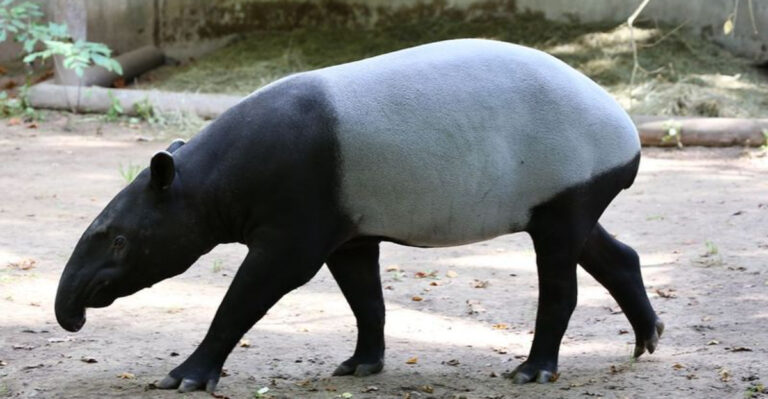16 Weird Facts About Largemouth Bass And Their Hideaways
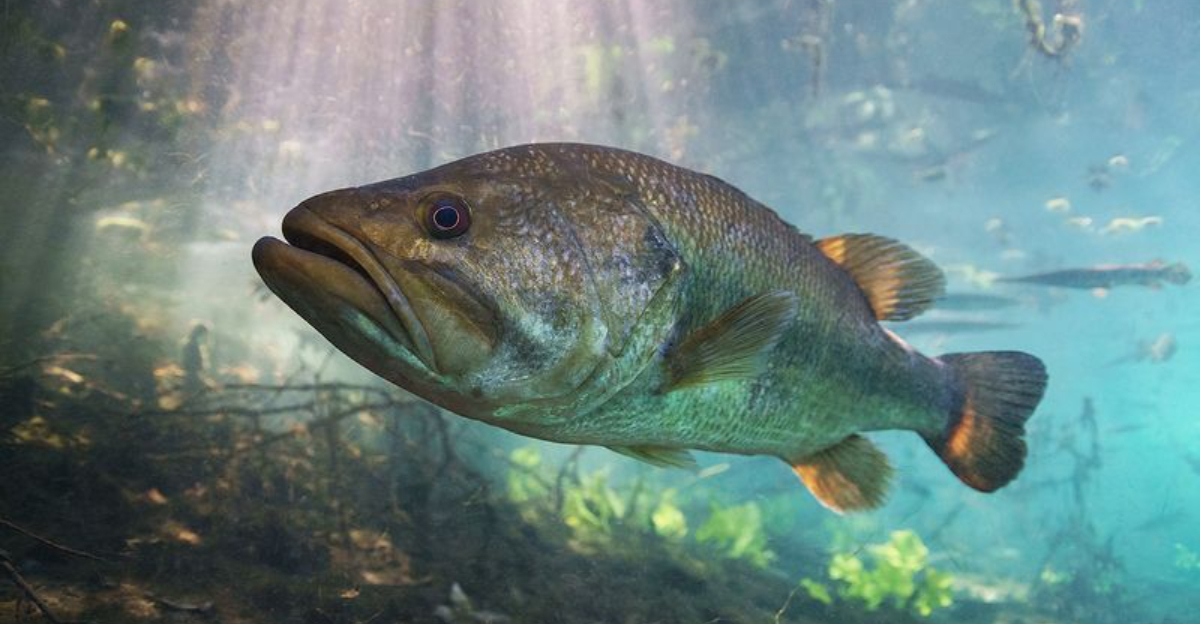
Ever wondered what makes largemouth bass so sneaky and hard to catch? These fish are masters of hide-and-seek, with some truly bizarre habits that baffle even seasoned anglers.
From their hunting tricks to their unusual homes, largemouth bass have evolved some downright weird behaviors that help them survive – and avoid ending up on your line.
1. Bass Have Built-In Sunglasses
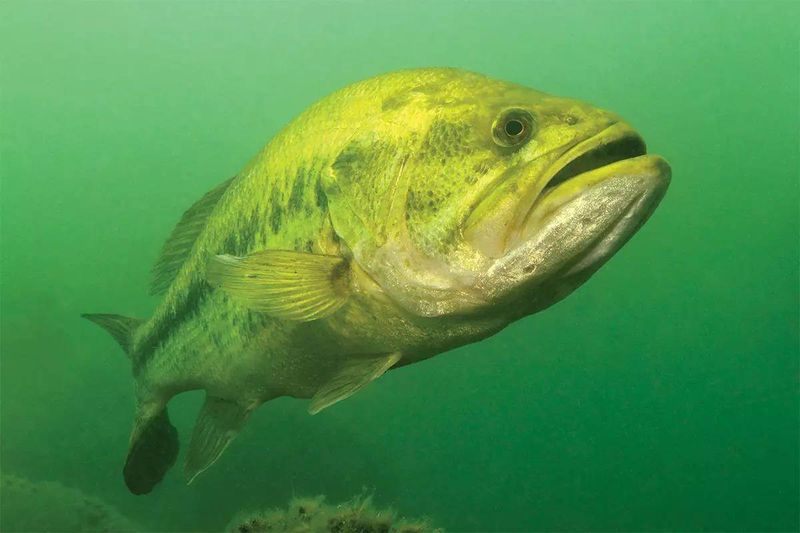
Those dark horizontal stripes across a bass’s body aren’t just for looks! They actually function like natural sunglasses, reducing glare and improving vision when hunting in shallow, sunny waters.
This adaptation gives them a serious edge when ambushing prey from their hideouts. Talk about fashion meeting function in the fish world!
2. They Can Change Colors Like Chameleons
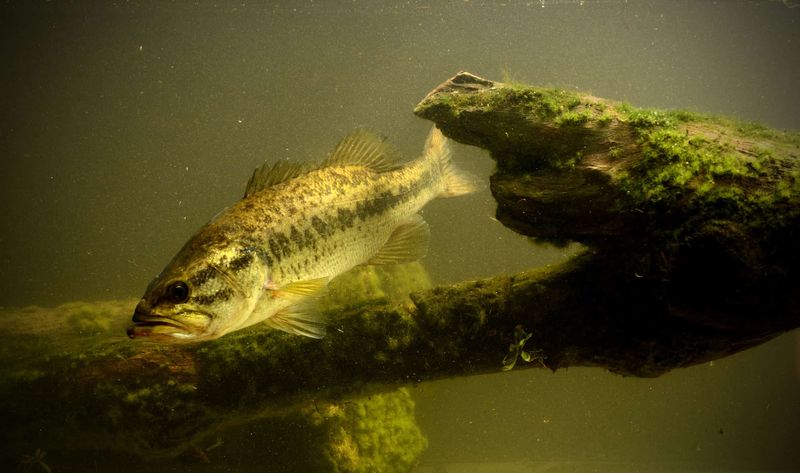
Surprise! Largemouth bass can actually change their coloration based on their surroundings. When hiding among dark logs or vegetation, they darken their scales. In sandy or light-bottomed areas, they lighten up.
This chameleon-like ability happens within minutes, making them true masters of disguise in their underwater hideaways.
3. Underwater Architects
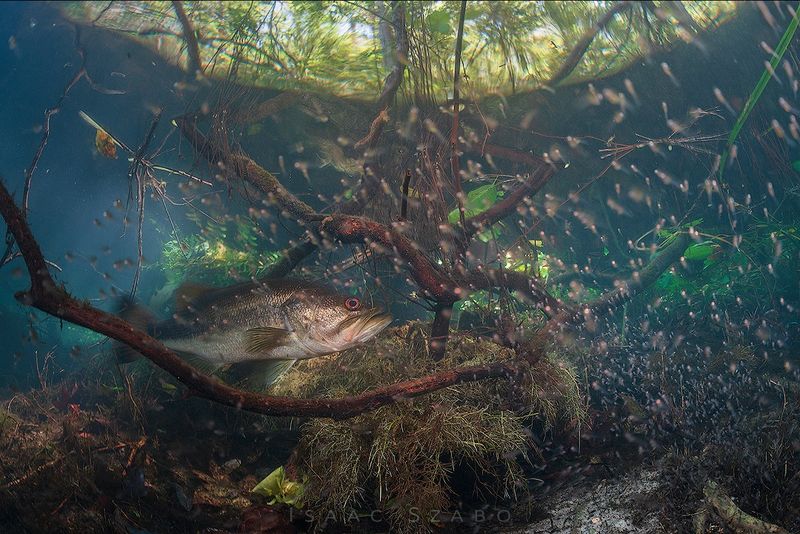
Got a clean lake bottom? Not for long! Male bass create elaborate nests by sweeping their tails across the bottom, clearing away debris to create perfect circular depressions.
These meticulous builders can move objects twice their weight to design the perfect hideaway. They’ll guard these underwater homes fiercely against any intruders who dare approach.
4. Floating Log Lovers
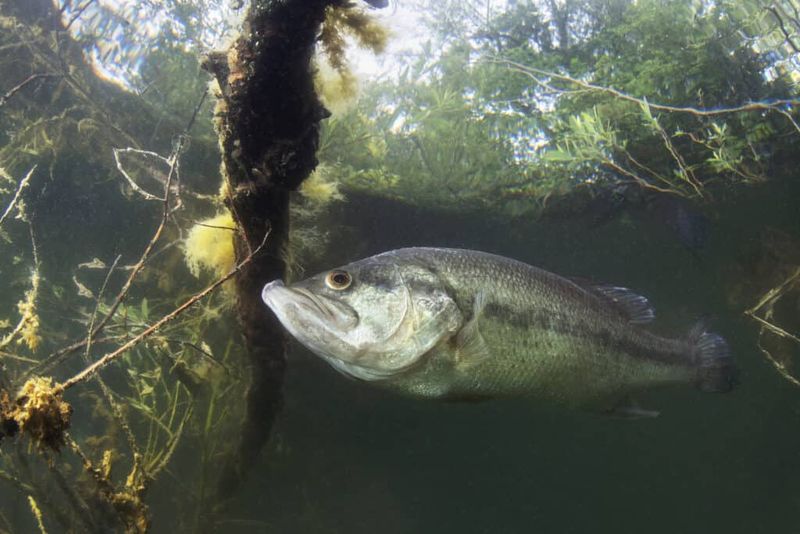
Floating logs aren’t just random debris – they’re prime bass real estate! These fish absolutely love hanging out under floating logs where they can ambush prey from the shadows.
The logs provide perfect overhead cover while letting the bass monitor movement in the surrounding water. Next time you see a floating log, there’s probably a bass lurking beneath it!
5. Memory Masters
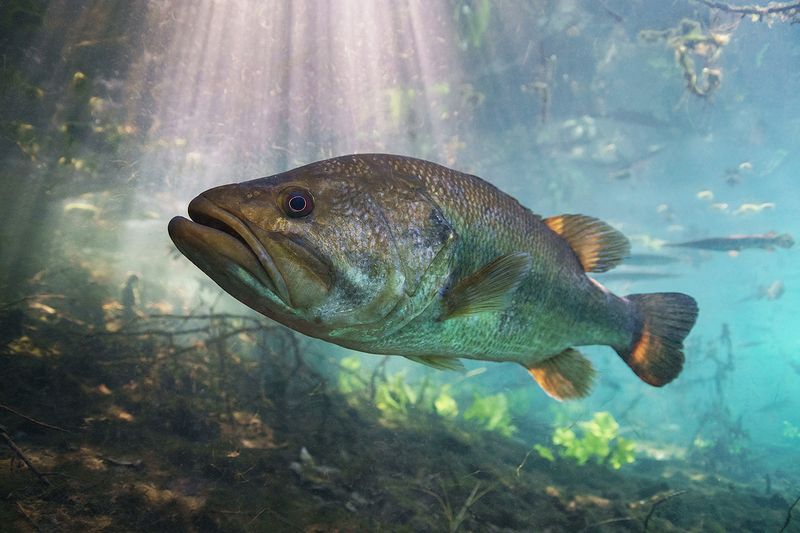
Think fish have three-second memories? Think again! Largemouth bass can remember lures that once hooked them for up to three months.
This impressive memory helps them avoid familiar dangers while seeking safe hideaways. Some anglers swear bass can even recognize specific boat sounds of fishermen who’ve caught them before!
6. Midnight Movers
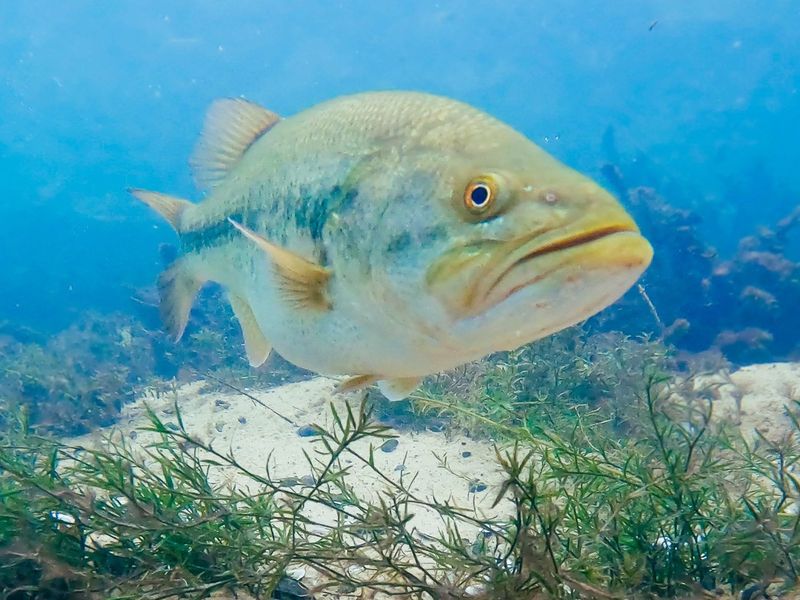
When the moon is full, bass get restless! These creatures often relocate their hideouts during full moons, abandoning daytime spots for new nighttime haunts.
The extra light lets them hunt more effectively in normally dark areas. This lunar-influenced behavior explains why your favorite fishing spot might suddenly seem empty – they’ve simply moved to their moonlight hideaway!
7. Tongue Teeth Terror
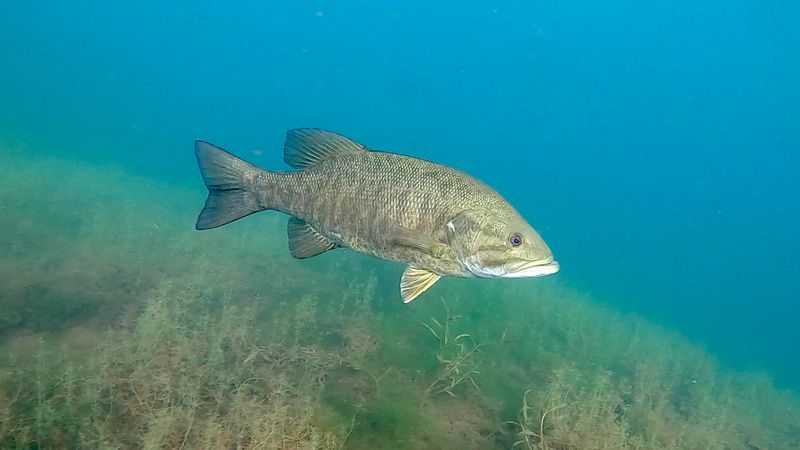
Open wide and say… teeth? Largemouth bass don’t just have teeth in their jaws – they have tooth-like patches on their tongues too!
These rough patches help grip slippery prey as they maneuver it headfirst down their throats. When hiding in ambush spots, bass can position these tooth-patches perfectly to grab unsuspecting prey passing by.
8. Underwater Earthquake Detectors
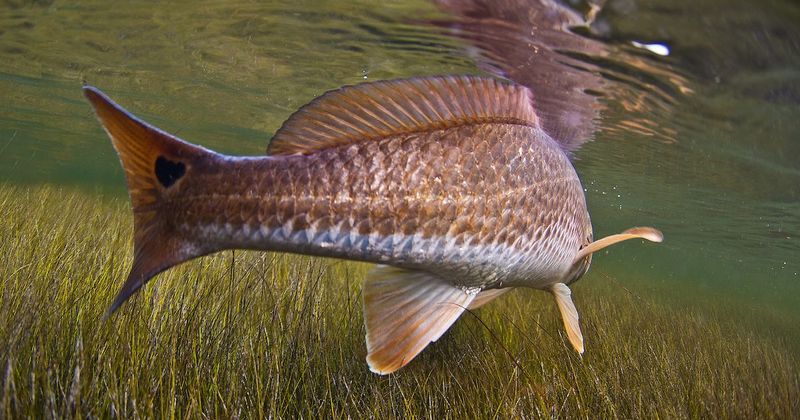
Bass possess an extraordinary sixth sense! Their lateral line system detects tiny vibrations in the water, including those from earthquakes miles away.
This sensitivity helps them find prime hideaways near underwater springs or currents. When anglers stomp around on docks or banks, bass can sense it and retreat deeper into their hiding spots.
9. Suburban Squatters

Abandoned cars, shopping carts, and even sunken toilets become prime bass real estate! These fish love claiming human trash as luxury hideaways.
The weirder the structure, the better the protection. Bass living in these unusual homes often grow larger than their natural-structure dwelling cousins because they’re better protected from predators and fishing pressure.
10. Bubble Nest Guardians
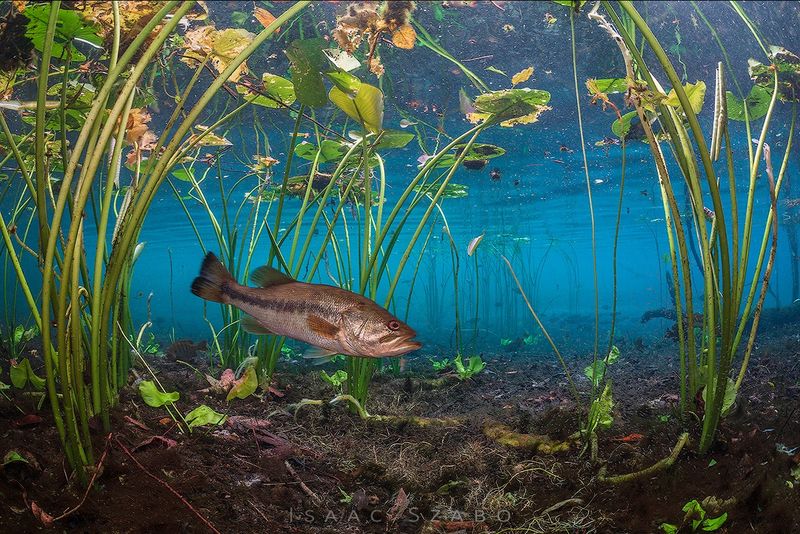
During spawning, male bass blow thousands of tiny bubbles around their nests. These bubble barriers create a protective force field that deters smaller predators from approaching their eggs.
The bubbles also help regulate oxygen levels for developing eggs. A bass will attack anything that disturbs this bubbly boundary – including your fishing lure!
11. Weather Forecasters

Feel that barometric pressure dropping? Bass feel it too – hours before you do! These fish are living barometers, changing behavior dramatically before weather shifts.
Before storms, they often abandon shallow hideouts for deeper structures. Some anglers swear the best fishing happens during falling barometric pressure, when bass leave their secure hideaways to feed frantically.
12. Vertical Parking Enthusiasts
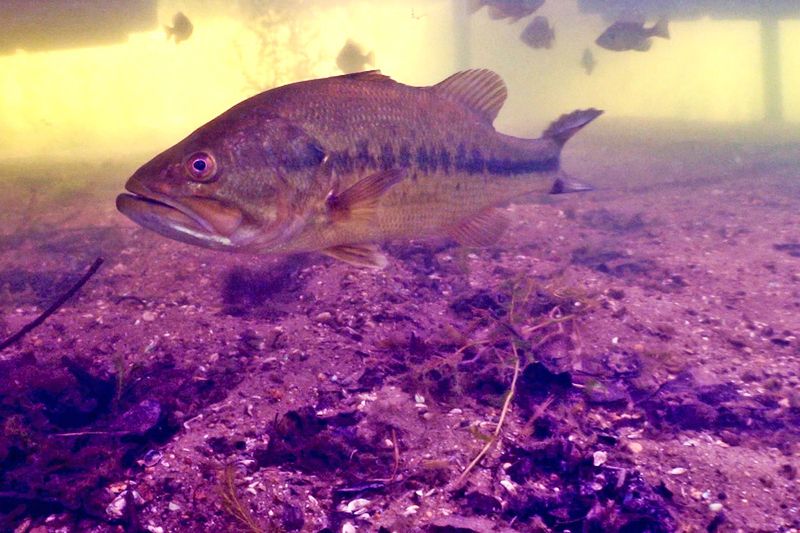
Why swim horizontally when you can hover vertically? Bass often “park” themselves in a nose-down, tail-up position among vertical structures like dock pilings or standing timber.
This bizarre posture lets them blend with vertical elements while maintaining perfect ambush position. From this strange stance, they can rocket upward to grab prey passing overhead with minimal movement.
13. Social Distancing Champions
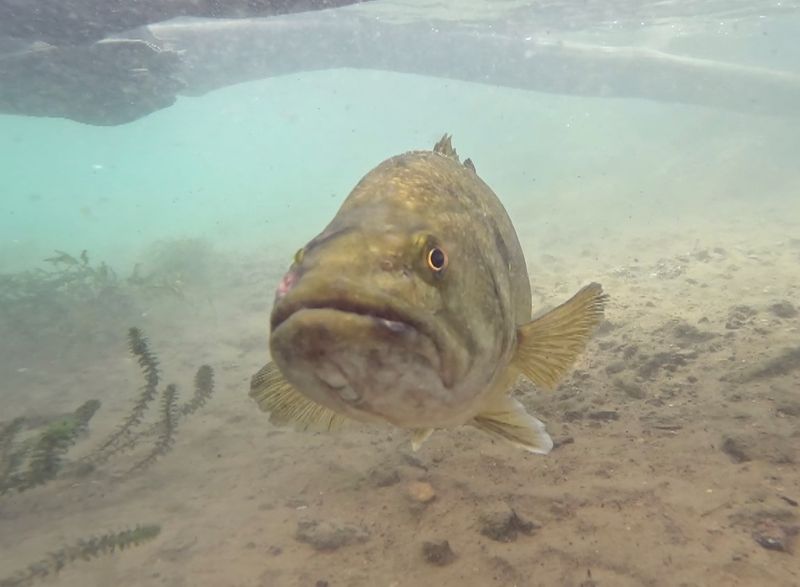
Trophy-sized bass are the original social distancers! These monsters establish territories up to 1.5 acres in size, claiming multiple prime hideaways within their domain.
They’ll aggressively chase away smaller bass that invade their space. This territorial behavior explains why you might catch one giant bass but never a second from the same spot.
14. Underwater Hibernation Chambers
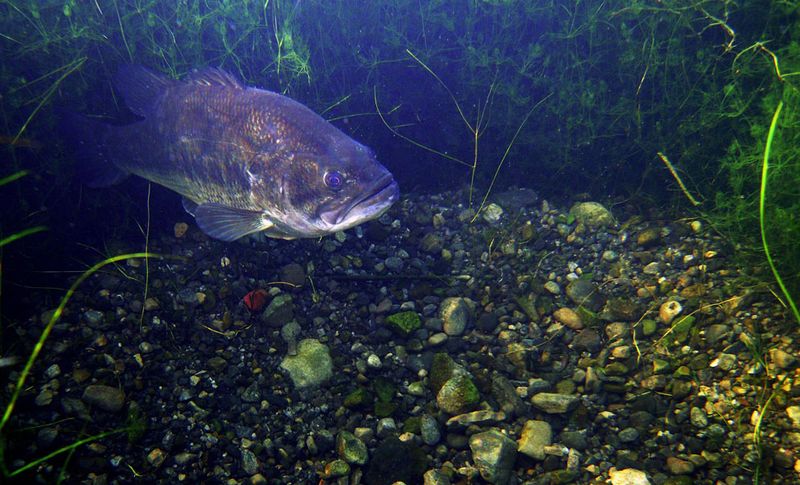
When winter hits, bass create mud cocoons! They’ll wiggle into soft lake bottoms, creating depression hideaways where they enter a semi-dormant state.
Their metabolism slows dramatically in these mud chambers. Bass can go weeks without eating during cold months, surviving on stored fat while barely moving from their winter hideouts.
15. Thermometer Tails
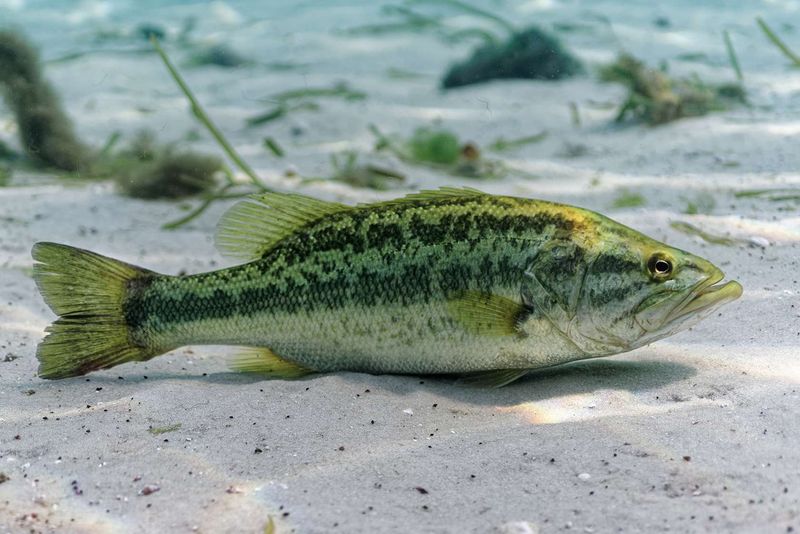
A bass’s tail is its built-in thermometer! The blood vessels in their tails are extremely sensitive to temperature changes, helping them find the perfect thermal hideaways.
They’ll often hold position with just their tails extending from cover into warmer or cooler water. This temperature-sensing ability guides their seasonal migrations between deep and shallow hideouts.
16. Sonic Boom Survivors
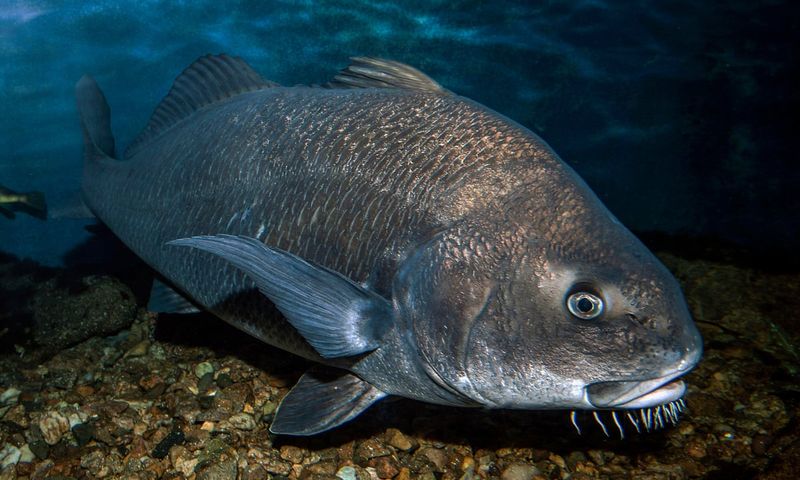
Bass can survive underwater explosions that would kill other fish! Their unique swim bladder structure absorbs shock waves better than most species.
This incredible adaptation helps them thrive in environments with boat traffic or water construction. After loud disturbances, they’ll retreat to their deepest hideaways but return much sooner than other fish species.



